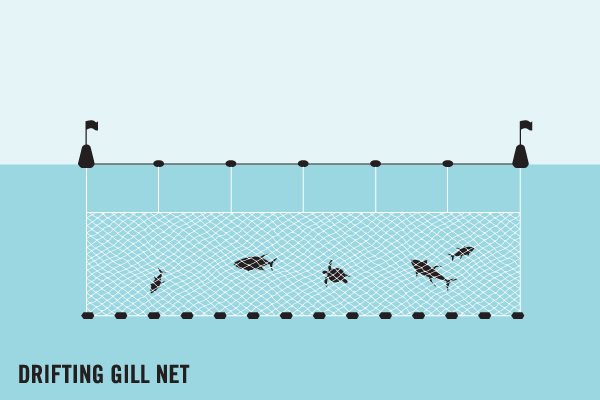Average Weight/Length
Location Habitat
Biology & Physical Description
Life Cycle & Mating Behavior
Geographic Species Map (Fishbase.org Map)
|
|

|
Summary of Distribution: Indo-Pacific: tropical and temperate waters approximately 45°- 50°N and 40°-35°S in the western Pacific, 35°N and 35°S in the eastern Pacific; 45°S in western Indian Ocean and 35°S in eastern Indian Ocean. Entered Mediterranean Sea from Red sea via Suez Canal. Highly migratory species, Annex I of the 1982 Convention on the Law of the Sea (Ref. 26139). Some authors recognize a single worldwide species, Istiophorus platypterus (Shaw & Nodder 1792) but we follow Nakamura 1990 retaining the usage of Istiophorus platypterus for the Indo-Pacific sailfish and Istiophorus albicans for the Atlantic sailfish in recognition of the differences between them. |
|
Note: Distribution range colors indicate degree of suitability of habitat which can be interpreted as probabilities of occurrence (fishbase.org) |
|
Sport Fishing Techniques
|
|
Gill netsGill-nets are the dominant gear in the Indian Ocean. Gill-nets are used in artisanal and semi-industrial fisheries, contributing to 30-40% of the total catch. The net design is comprised of continuous panels of uniform mesh size, aimed to trap fish behind the gills. The International Sustainable Seafood Foundation (ISSF) notes that rates of sharks and turtle by-catch in Indian Ocean gill-net fisheries are high.. |
|
|
|
Kite Fishing (Rig)A Kite Fishing Rig is.... |
|
|
|
River DriftRiver Drift means to use the.... |
|
Commercial Fishing Techniques
|
|
Pelagic LonglineThis fishery uses a longline to catch a variety of pelagic fish on the high seas such as tuna and swordfish. A deep-set longline is used to primarily target tuna and a shallow-set longline is used to target swordfish or mixed species including bigeye, Albacore and yellowfin tuna. Baited hooks are attached to a line that floats in the ocean using buoys and flagpoles. |
|
Tackle & Baits
Game Rating
Game Rating : 9/10
Game Description :
Very good. Great for fight and acrobatics. Beautiful fish.
Food Rating
Game Rating : 7/10
Game Description :
Their flesh is firm and meaty, like swordfish or tuna, however it lacks the mildness of one or the rich flavor of the other. Sailfish is cooked in the same ways as those two fish, though it requires some extra steps. This is a good fish to eat when its smoked, broiled or baked.
Picture (Fish)
|
|
|
|
|
|
Picture Mount
|
|
|
|
|
|
|
|
|
|
|




















 Pacific Sailfish
Pacific Sailfish 
















